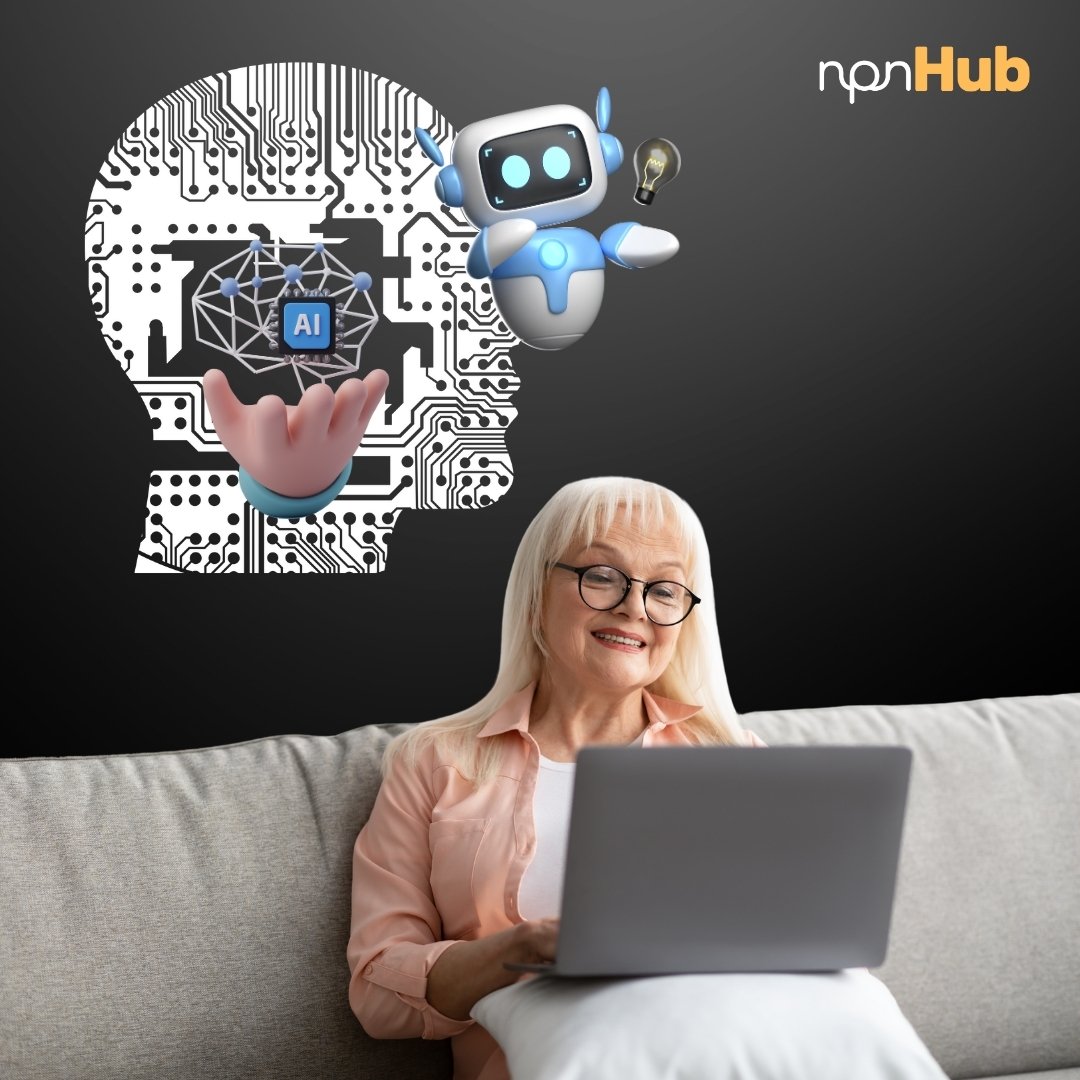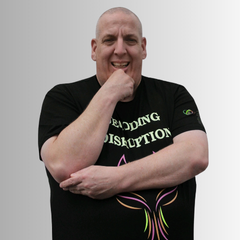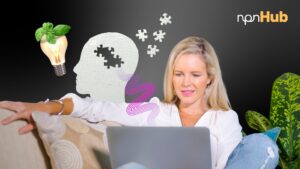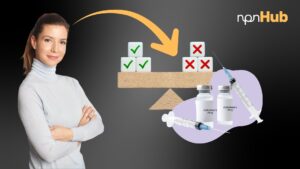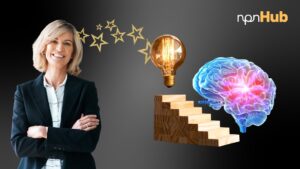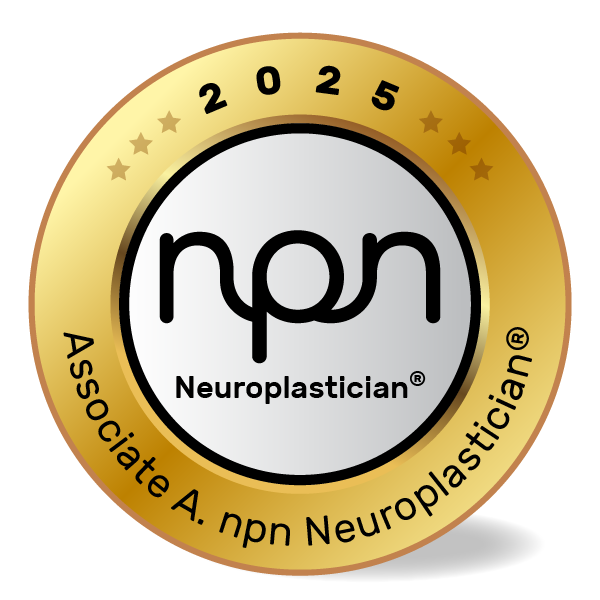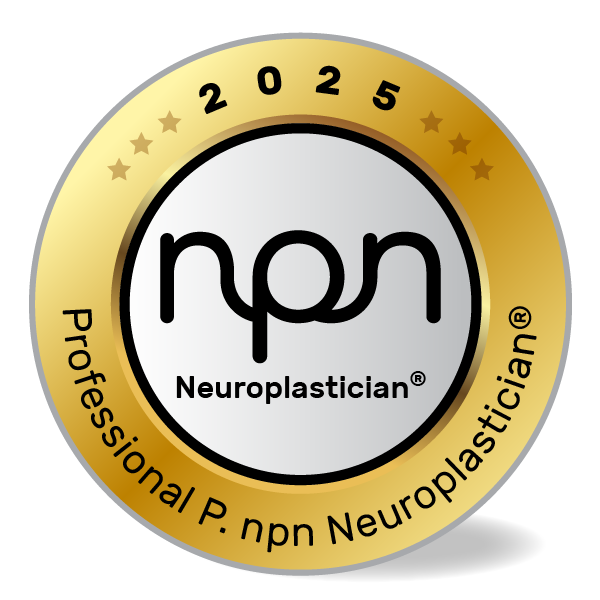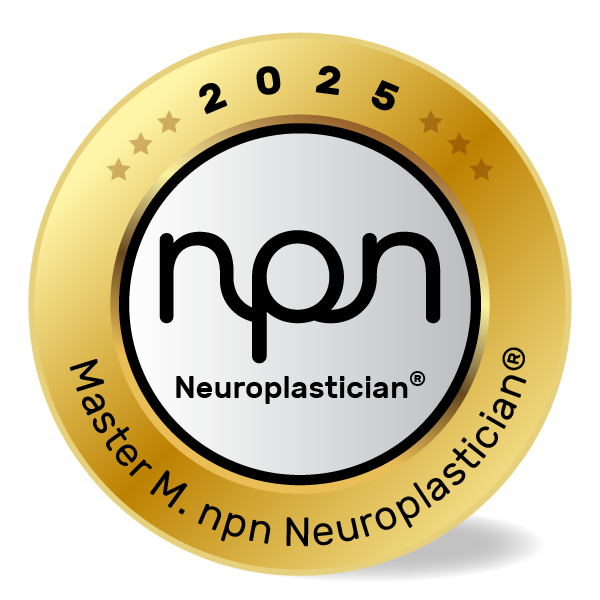From Cognitive Overload to Clarity: The Future of AI-Driven Neurodiversity Support
npnHub Editorial Member: Greg Pitcher curated this blog
Key Points
- AI is transforming how neurodivergent individuals manage communication, focus, and executive function.
- Tools designed with neurodiversity in mind reduce cognitive overload and enhance productivity.
- Neuroscience supports AI-assisted personalization as a way to align with unique brain wiring.
- Neurodivergent users benefit most from tools that are flexible, intuitive, and low in sensory load.
- Coaches, educators, and well-being professionals can integrate AI to better support clients with ADHD, autism, dyslexia, and more.
1. What is the Role of AI in Neurodiversity?
It was a Thursday afternoon, and Mia, an executive coach, was onboarding a client with ADHD and auditory processing challenges. Every time they scheduled tasks or discussed goals, the client’s energy waned. Then Mia introduced an AI-powered tool that converted spoken instructions into visual workflows. Within minutes, the client’s face lit up – not because the work got easier, but because the brain friction was removed.
This isn’t a case study, but a familiar scene in many coaching, therapeutic, or educational settings.
AI tools, when properly designed, can align with the principles of neurodiversity – a term first coined by sociologist Judy Singer in the 1990s. Neurodiversity acknowledges that conditions like autism, ADHD, and dyslexia reflect natural brain variations, not pathologies. Research from the Harvard Center on the Developing Child confirms that these differences result in diverse learning styles, sensory sensitivities, and processing rhythms.
Rather than forcing conformity, AI offers adaptive environments. These tools do more than assist; they create new pathways for agency and inclusion – something long overdue for the neurodivergent community.
2. The Neuroscience of AI-Powered Support for Neurodivergent Brains
When Dr. Lani Patel a neuroscience practitioner, integrated an AI writing assistant into her sessions with autistic teens, she noticed something unexpected. The software’s gentle suggestions and structured outputs gave her clients a sense of mastery – and reduced emotional overload during writing tasks. One client said, “It feels like the app understands me more than my teachers.”
Illustrative, but powerful.
From a neuroscience perspective, AI tools that match brain patterns can reinforce the brain’s natural strengths. For example, the Default Mode Network, involved in introspection and imagination, is often more active in neurodivergent individuals. AI tools that allow for nonlinear thinking – like visual mapping apps – enhance this network rather than suppress it.
Meanwhile, tools that support executive function aid the Prefrontal Cortex, the brain’s decision-making hub. Neurodivergent people often struggle with “task-switching,” due in part to unique dopamine signaling. AI interventions can scaffold these transitions by automating steps and reducing novelty-induced stress.
As Dr. Thomas Insel (former director of the NIMH) stated, “We need to stop thinking about mental health as just fixing broken brains and start thinking about supporting different kinds of minds” (Source).
3. What Neuroscience Practitioners, Neuroplasticians, and Well-being Professionals Should Know About AI for Neurodiversity
Sara, a learning coach, noticed her neurodivergent students were burning out trying to use the same “productivity” apps as their peers. High-text interfaces and linear timelines left them overwhelmed. When she switched to neurodiversity-friendly tools – ones that emphasized voice, visuals, and intuitive UI – her clients began thriving.
This isn’t a controlled trial, but it echoes a key truth: most digital tools aren’t designed for divergent brains.
Neurodiversity practitioners often wrestle with misconceptions like:
- Is AI going to replace personal coaching or therapy?
- Will neurodivergent clients rely too heavily on these tools?
- Can AI truly adapt to brain differences, or is it just another rigid system?
The key lies in adaptive algorithms and user-centered design. When AI tools are trained on diverse user needs – especially those supported by cognitive neuroscience, they become amplifiers, not crutches. According to Stanford’s research on inclusive tech, personalization and flexibility are essential for real-world neurodiversity integration.
Coaches, educators, and therapists must guide their clients toward tools that reflect their clients’ own rhythms, not the default neurotypical model.
4. How AI Tools Affect Neuroplasticity in Neurodivergent Brains
AI tools that offer consistent feedback, visual cues, and adaptive pathways engage the brain’s plasticity – its ability to form new neural connections over time. When neurodivergent individuals use tools that reinforce their cognitive preferences, they create deeper, more efficient neural networks.
For instance, voice-to-text apps for dyslexic users enhance left-hemisphere processing by bypassing decoding stress and strengthening verbal fluency circuits. Similarly, AI-powered scheduling tools can help ADHD clients build robust frontoparietal networks, supporting working memory and task initiation.
As Dr. Helen Neville’s research at the University of Oregon shows, plasticity is experience-dependent (Source). That means tools that reduce friction and increase mastery are not just helping functionally – they’re literally rewiring the brain for resilience, clarity, and growth.
5. Neuroscience-Backed AI Tools That Support Neurodivergent Living
Why Behavioral Interventions Matter
Most neurodivergent individuals are forced to conform to environments designed for “neurotypical” brains. AI tools, if used with intent, can flip this script – offering brain-aligned support that enhances autonomy. Coaches and therapists are in a prime position to guide their clients in choosing tools that work with their neural architecture.
1. Otter.ai – Transcribe and Process at Your Pace
Concept: Supports auditory processing and executive function through real-time transcription and summarization(Source) .
Example: A coach uses Otter with a client who struggles with auditory memory to review sessions and reduce anxiety.
✅ Intervention:
- Enable real-time captions during Zoom calls.
- Use recorded summaries to reinforce key takeaways.
- Provide clients with editable transcripts to organize their thoughts visually.
2. Goblin Tools – Executive Function for the Real World
Concept: Designed for neurodivergent people, this AI breaks down overwhelming tasks into manageable steps, reducing prefrontal overload (Source).
Example: An ADHD client uses Goblin Tools to turn “write essay” into 7 micro-tasks – decreasing stress and increasing follow-through.
✅ Intervention:
- Teach clients to “chunk” complex goals using the tool’s magic wand.
- Use tone-checking for emotional regulation during communication.
- Set flexible deadlines that align with energy patterns.
3. MindMeister – Visual Thinking for Pattern Seekers
Concept: Enhances visual-spatial thinking by mapping ideas, activating the Default Mode Network and right hemisphere strengths (Source).
Example: An autistic teen builds a visual map of a research topic, replacing stressful outlines with intuitive associations.
✅ Intervention:
- Encourage visual brainstorming during sessions.
- Use mind maps as alternatives to traditional essays or task lists.
- Let clients create “mood maps” to track emotional patterns.
4. NeuronWriter – Brain-Based Writing Assistant
Concept: Combines neuroscience principles with AI for content creation tailored to cognitive style(Source) .
Example: A dyslexic entrepreneur drafts web content using the tool’s structured, distraction-minimized editor.
✅ Intervention:
- Suggest clients use templates that reduce cognitive load.
- Encourage AI-generated outlines to support sequencing.
- Teach editing in focused sprints using Pomodoro rhythm.
5. Brain.fm – Music That Changes Mental States
Concept: Uses AI-generated soundscapes to entrain brainwaves, optimizing focus or relaxation (Source).
Example: A client with sensory sensitivity uses Brain.fm to replace ambient office noise with neural-friendly audio.
✅ Intervention:
- Recommend “focus mode” before cognitively demanding tasks.
- Use “relaxation mode” post-session to consolidate learning.
- Incorporate into transition rituals (e.g., starting/stopping work).
6. Key Takeaways
Neurodivergent minds are not broken – they’re built differently. AI, when used with empathy and science, becomes a bridge rather than a barrier. These tools empower neurodivergent individuals to live with more clarity, less overwhelm, and greater agency.
Whether you’re a coach, therapist, educator, or well-being professional, you can harness this tech revolution to personalize care, elevate neurodivergent voices, and rewire what’s possible.
🔹 AI tools can support executive function, emotional regulation, and creativity.
🔹 Neuroplasticity ensures the brain adapts when tools are matched to strengths.
🔹 Coaches and practitioners are key in guiding clients to use tech consciously.
🔹 The future of AI and neurodiversity is about collaboration, not compensation.
7. References
- Singer, J. (1998). Neurodiversity: The Birth of an Idea. Link
- Insel, T. (2015). Autism Research and the Road Ahead. NIMH. Link
- Harvard Center on the Developing Child. Link
- Neville, H. (2011). Experience-based Plasticity Across Brain Systems. PMC
- Stanford Neurodiversity Project. Link
- Positive Psychology Research. Link
- Dweck, C. (2006). Mindset: The New Psychology of Success. Link

